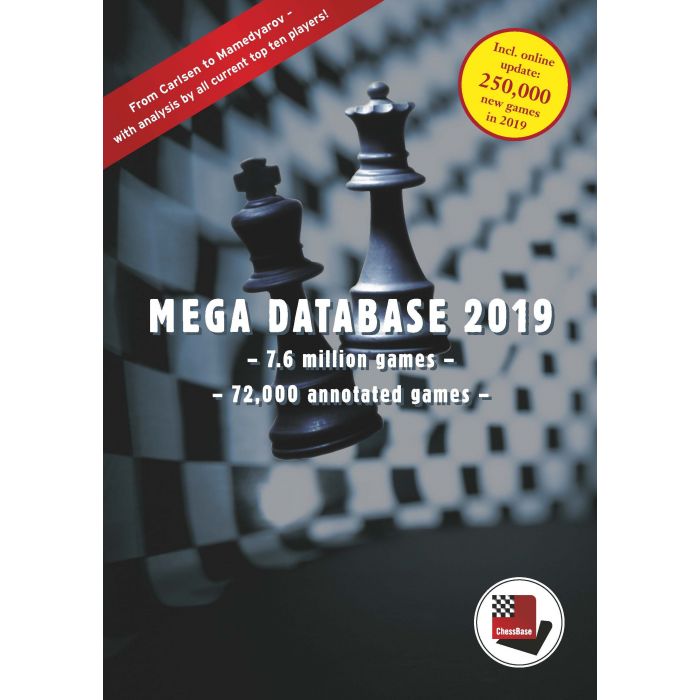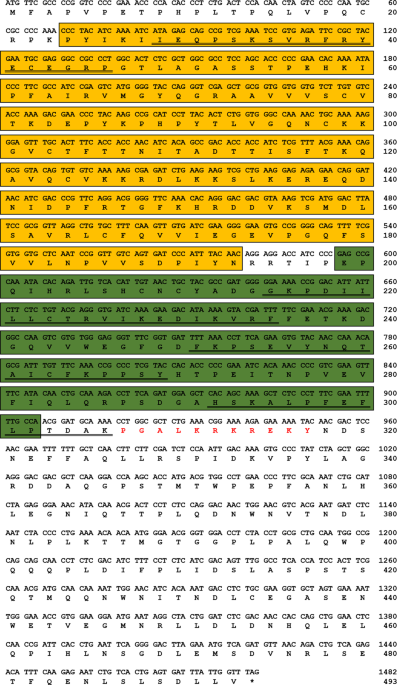

Anyone doing serious chess work, from openings to history to biography, needs one of these two products.īigBase 2016 is available for download or post for €59.90 ($55.42 without VAT for those outside the EU). But no other database comes close to these two in terms of comprehensiveness and cleanliness of data. Doubtless there remains plenty of tournaments, like the 1995 MCC/ACF Summer International (whose bulletin sits on my desk), just waiting to be entered into the computer. Tim Harding has remarked on problems (some of which appear to have been fixed) with Blackburne’s games, for example, and John Watson never played in the 1966 British U14 Championship. Apples to oranges comparisons aren’t possible, but about sixty thousand or so games are in the 2016 database and not in the fully updated 2015 version.īigBase and MegaBase are the preeminent reference databases available today.

This means, by the way, that not every game submitted to ChessBase is included in these weekly updates.
MEGA DATABASE 2019 PGN UPDATE
As a point of comparison, we are currently at update number 49 for MegaBase 2015, and 245713 games have been added to the database with all updates included. MegaBase also comes with an update service, where weekly downloads of 5000 games are provided for a year. Hundreds of annotated games from John Donaldson and Elliot Winslow are new to this edition, all of which come from amateur contests at the Mechanics Institute in the past few years. While regulars like Atalik, Ftacnik and Marin provide notes to Super-GM games, there are also analyzed games by lesser-known combatants. This represents an increase of 3425 annotated games over the 2015 edition. The 2016 version of MegaBase includes over seventy five thousand games with named annotators. So what distinguishes them? MegaBase comes with two additional features that BigBase lacks: the inclusion of annotated games and a year’s worth of weekly updates. The number of games in each product is identical, as are the indices and keys. There are a number of similarities between BigBase and MegaBase. Among them are 18 games played by Botvinnik, 14 by Alekhine, and 9 by Spassky. While the majority are from 20 events, there are some historical additions as well. About half of these games have appeared in issues of ChessBase Magazine and ChessBase Magazine Extra, but 166,692 of them are entirely new to the ecosystem. The 2015 release of MegaBase contained 6,161,344 games, and the data wranglers at ChessBase have bumped that total to 6,466,288 in the 2016 edition. You might suspect, given the name of the product, that each year brings a new version of the database to the market. You can access them by going to Options – Misc – Use ‘Theme Keys.’ Note the last three keys are not accessible in the default ChessBase 12/13 settings. The database is searchable by player, tournament, and annotator (among other things), and you can access various indices or ‘keys’ for openings, endgames, strategic and tactical themes. The largest and most well-known of these reference databases are Big Database ( BigBase) and Mega Database ( MegaBase) 2016 from ChessBase.īigBase and MegaBase each contain over 6.46 million games running from the earliest recorded games through October of this year. They require internet connections and you can’t easily manipulate online data. Online databases like, and ChessBase’s own online database are no substitute. You need a large reference database if you’re going to do any serious chess research or study. pgn format, making them readable by those using GUIs other than ChessBase or Fritz.

All of them are available in ChessBase’s native data format, and two (TWIC and Paramount) are also available in. In this review I’ll look at four (or five, depending on how you look at things) of the most important databases out there, and as we will see, there is something useful for just about everyone. Fortunately for us, there are a number of high quality databases out there, each fulfilling a specific set of needs for different types of users. You can buy the fanciest GUI (graphical user interface) the market has to offer, and you can collect all of the strongest engines around, but if you’re working with poor quality data, your research will suffer for it. When I was in high school and learning about the basics of computer science, I was taught an acronym to underscore the importance of having clean data to work with: GIGO, or ‘Garbage in, Garbage out.’ You can have all the fantastic algorithms and formula you like, but if your data is in poor shape, you’ll never come close to the results you desire.


 0 kommentar(er)
0 kommentar(er)
